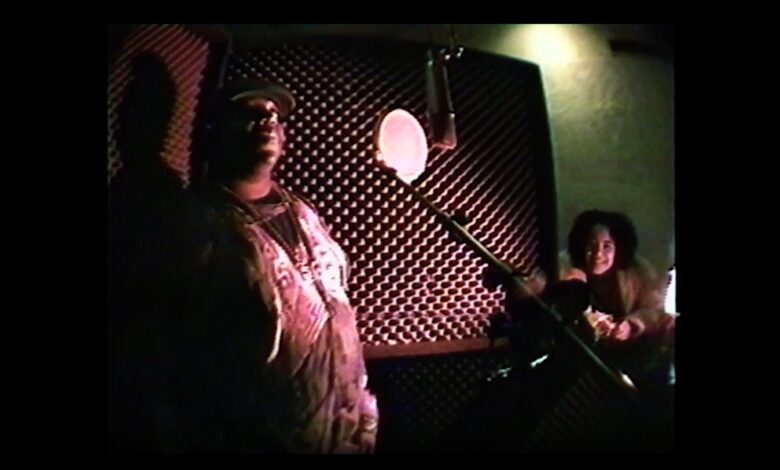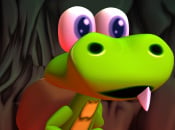dream hampton on Capturing the Early Days of Hip-Hop

It Was All a Dream, dream hampton’s documentary about the dawn of the golden age of hip-hop, brings the filmmaker’s personal archive to life. In 1993, hampton—who stylizes her name fully in lowercase as an homage to bell hooks—was studying film at New York University and taking a documentary class when she returned with a camera to the magazine The Source, where she had previously worked as a music journalist. From staff meetings to studio visits to hangouts with friends, hampton captured free-flowing conversations and off-the-cuff remarks from hip-hop’s burgeoning stars, including Christopher Wallace, better known as the Notorious B.I.G., who told her, “Just film me, ma!”
hampton’s unfettered access is at the heart of the film, which recently premiered at the Tribeca Festival, offering viewers a firsthand account of what the genre looked like long before milestone anniversaries (like last year’s 50th) and social media. “We didn’t have camera phones, so people were less exposed. They were less used to posing,” hampton told Vanity Fair.
Featuring appearances by Ice-T, Mobb Deep, Guru, and Nikki D, It Was All a Dream gives audiences an intimate look at artists on the cusp of international stardom. “If you can ever get people into a space where they kind of forget that the camera’s on, where they’re really being themselves, then I think you’ve hit that sweet spot,” hampton said.
hampton recently spoke with Vanity Fair about the process behind turning her own footage, which she describes as “an era in amber,” into a documentary film.
This interview has been edited and condensed for clarity.
Vanity Fair: The film begins with your narration—“Let me tell you something about hip-hop, myth, and lure. About kamikaze capitalists who just happened to be teenagers.” That’s so beautiful.
dream hampton: That is from a Jay-Z piece that I did for Vibe. The actual line was, “Let me tell you something about drug dealers,” and I changed that to “hip-hop.” It was Jay-Z’s second album, and I did a piece, probably one of the best things I’ve ever written, for Vibe magazine, called “The Life.”
I kept getting feedback from my first round that folks needed more of me in it—like, that wasn’t the vision that I had. I thought it would be largely vérité; I didn’t wanna walk and talk. I didn’t want to overexplain Black people for non-Black audiences, or even explain hip-hop for non-hip-hop audiences. We were trying to figure out a way to do a better [voice-over]. My editor, David Feinberg, who wasn’t familiar with me from back then or as a writer, went to dreamhampton.com and read my work, and it was him and my other producer, Sallomé [Hralima]—they were the ones who were like, “Let’s incorporate your writing.” That wasn’t even my idea. The writing existed, and it was amazing how it overlays.
What was the process behind gathering all of the footage and piecing a story together?
It was all in two boxes. Back in ’93, I was an NYU film student. So this entire time that I had a writing career, kind of, I would say that I spent way more time organizing, like as a grassroots organizer in the ’90s, than I did as a writer. I never wrote, like, that much, but I was always a filmmaker. This is kind of evidence of that.
I had this footage from this class that I did on documentary filmmaking, and it was all in a box. I decided back then—I abandoned the project, for all the reasons. I grew up and hip-hop didn’t, and that happened early on. Definitely by the time Biggie gets killed, 1997, I’m in my late 20s; I’m a mom; I don’t even listen to The Score [Fugees’ 1996 album]. That’s how much I’m not into hip-hop. It had all just been sitting in these two boxes. Of course I knew I had the Biggie footage; I’ve licensed some of that before. But I forgot that I shot Guru; I knew I had Snoop—I totally remembered that. But there were so many things I forgot I had.
The film focuses on what some might describe as the golden era of hip-hop. Was there a particular reason for that?



